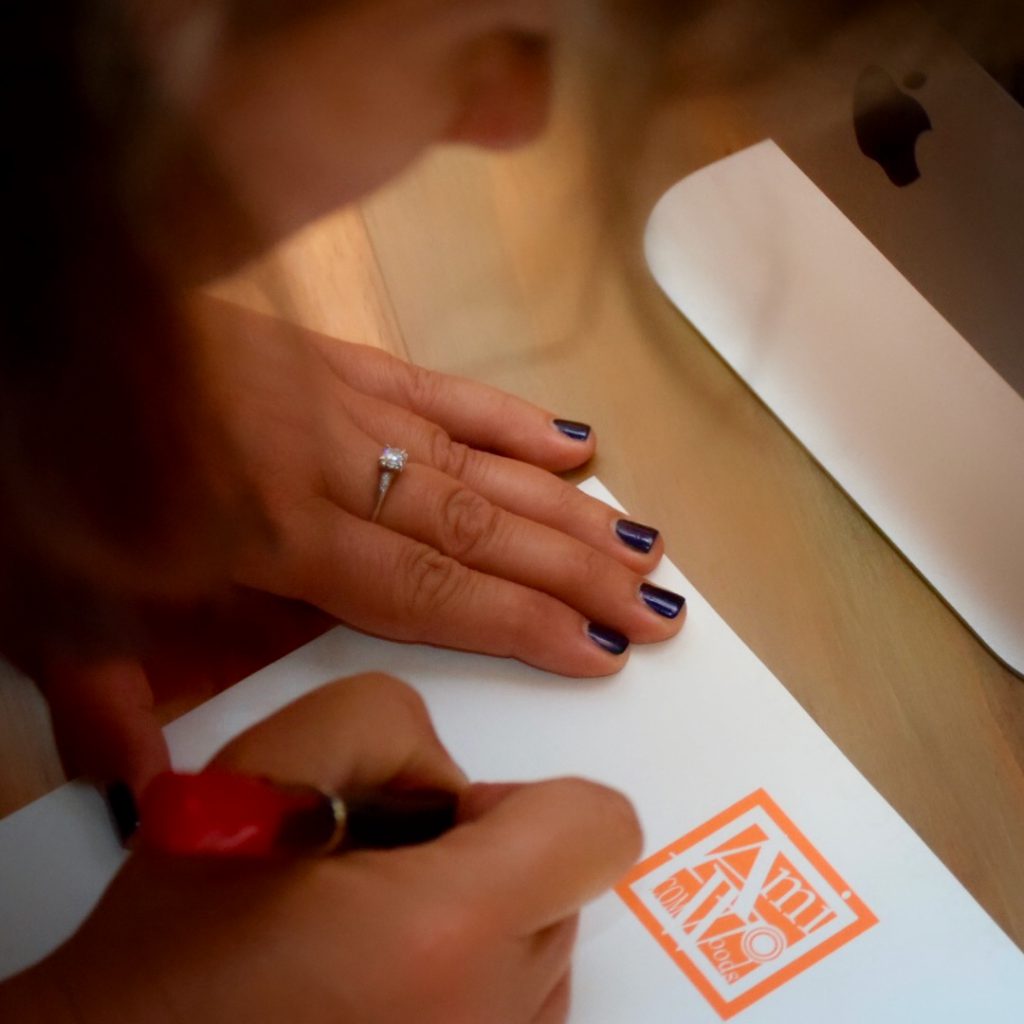So. Over. These.
It’s that time of the season. We reflect. We remember. We embrace the coming of a fresh new year filled with an uncharted plethora of trendy idioms launched by our globe’s young sub culture, each catapulting a wave of usage across platforms, generations, and even continents, all spreading faster than word of George Michael’s Christmas Day passing (RIP the singing Greek).
And as we embrace the new, I hope you’ll please join me in saying an official sayonara to some current trends where time in the spotlight has most certainly come and gone.
AF
Why screw up a perfectly effective noun/verb/adjective/adverb by adding “As”??
Well played.
Overused., overplayed, and overhyped – down with it.
#truth
If it’s one thing I’ve learned, it’s that there is typically little truth in whatever this hashtag is referencing.
One. Word. Sentences.
We already had this expression in speech. It’s called the em dash. Just–Google–it.
“__________ got me like…”
No person or thing “got you”. So please, just stop with the “got”.
The struggle is real.
Is it real? If it is, by all means carry on. But if not…
I can’t even.
Yes, you probably can if you put your mind to it. So go out, do it, and make the world a better place.
Fleek [on, off, in, whatevs]
Fleek simply is not a word.
Bae
Q: Was a 21st century abbreviation of baby or babe really necessary? A: No, it wasn’t.
#preach
Are you delivering a sermon or religious address to a congregation? If not, no need to be preachy and for sure no need to hashtag it. Leave the preaching to the preachers, Judgy McJudgerson.
This ___________ [guy, kid, girl, boy, iguana].
This guy what? We don’t know what you’re thinking. And for sure, what we’re thinking and what you’re thinking are likely not the same. So do everyone a favor and finish that thought. This guy is amazing. This kid is the best ever. This iguana is the my favorite pet ever.
That ________ though…
See above. Finish your thought and the clause.
Mad props.
99% of people over age 18 sound entirely ridiculous using this term. A simple thank you is sufficient. No need to go mad about it and make it overly complicated.
#hashtagsthataretoodifficulttoreadandtoouniquetoserveanypurposeatall
Hashtags are search tools designed to group posts of like topics. Using them as random addendums to thoughts is both abusive and unnecessary.
#FOMO (the official #YOLO of 2015)…
Word to all. You may in fact miss out on a few things. It’s going to happen. Never fear, you will be okay.
Basic.
Criticism of those who are on the straight and narrow is preachy and we’ve already addressed that the only ones who should be preachy are preachers.
Extra.
Similar to #truth, it’s also been determined that most items deemed extra are indeed lacking and could be considered even lesser than basic. I mean, if we were still using the term basic.
#Goals
No comment.
SQUAD
Thanks to Taylor Swift, young mothers of suburbia everywhere and inner city gangs now have something in common.
#Blessed
#Blessed = #Bragging. You know it’s true. 😉




